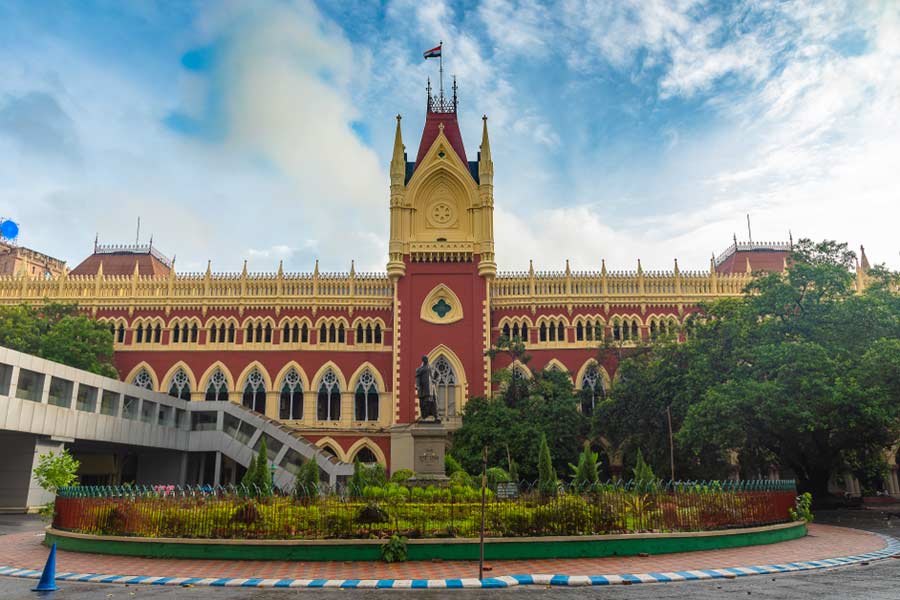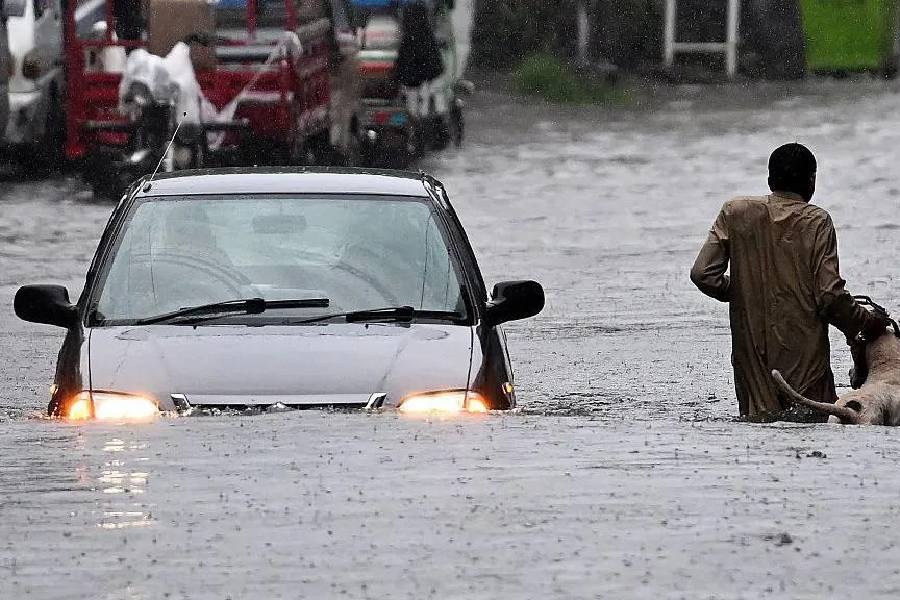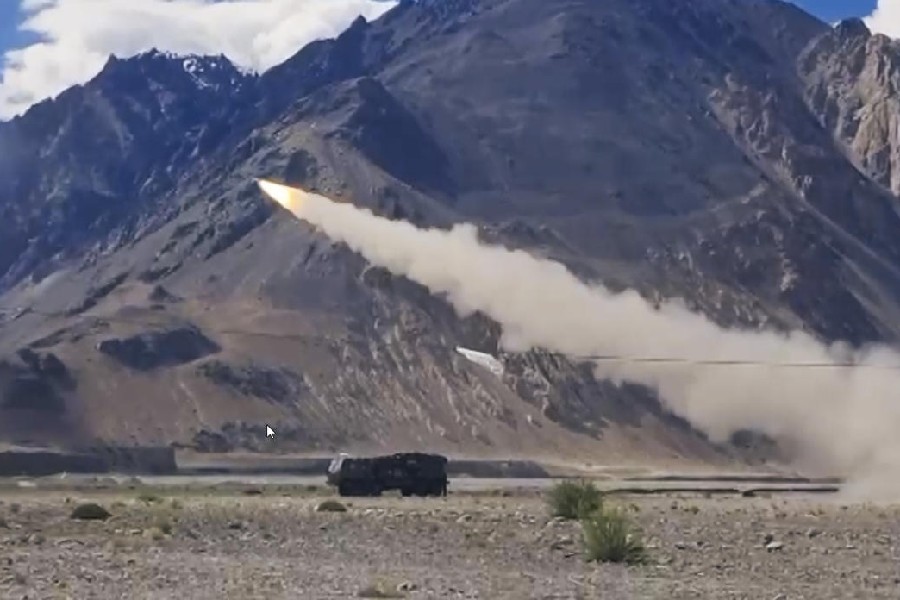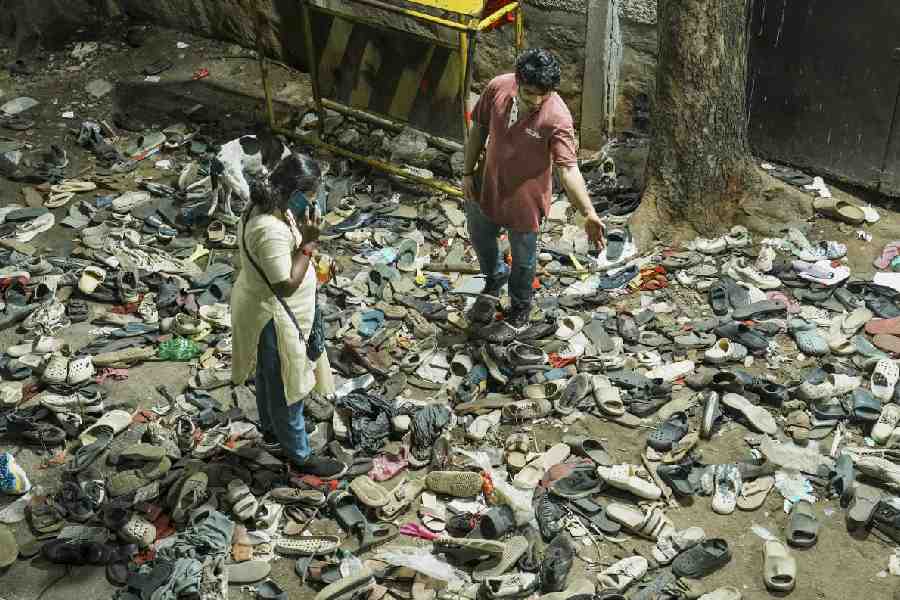 |
| Dark hours |
Bhubaneswar, July 14: Frequent instances of load-shedding in the state is expected to improve after July 19 following regular rainfall.
“The state has so far received 224.3mm rainfall against 355.1mm — a deficient by 37 per cent,” said director of regional meteorology centre Sarat Chandra Sahu.
Power cuts in the state will continue for the next few days due to power shortage and shutting down of a few thermal units. “The state is having a shortfall of 250MW to 300MW, forcing us to go for power cuts,” said Gridco director (commercial) P.K. Pradhan.
At present, the state is experiencing official power cuts for two hours on an average (one hour each during the day and the evening). However, there are complaints from all over the state about frequent unscheduled power cuts for longer duration, especially in the rural areas.
Around 2,735MW power is available from various sources against the state’s demand that varies between 3,000MW and 3,050MW, said an official of Gridco, which supplies power to private distribution companies.
The state is getting 650MW power from the captive power plants and independent power producers, 585MW from the Ib power station of Odisha Power Generation Corporation and the Talcher thermal power station of National Thermal Power Corporation. Besides, 400MW electricity is being generated from the state’s hydropower station, and it is getting 1,100MW power share from the central sector.
The state is now having low hydropower generation due to low reservoir level. Two units of the Talcher thermal power station with a share of 110MW each, one unit of GMR Kamalang Energy Limited (70MW), one units each of Kaniha Super Thermal (50MW share for Odisha), Farakka (65MW share) and Kehelgaon (30MW share) have been shutdown for maintenance or other technical reasons.
“We are, therefore, forced to continue power cuts to meet the shortfall,” said Pradhan.
Pradhan hoped that the situation was likely to improve by July 19 as power generation from two units of the Talcher station and one unit of the GMR plant (70MW) was expected to be restored by that time.
The state generates around 1,000MW during monsoon. But this time, the production at seven hydropower projects, with an installed capacity of 2,084MW electricity in the state, has been around 400MW.
The hydropower generation has been restricted keeping in view the low reservoir level. The present water level of the Hirakud reservoir stands at 597.5ft against the minimum level of 590ft. Similarly, the water level in the Rengaili reservoir is 110.24 metre against the lowest level of 109.72 metre.











